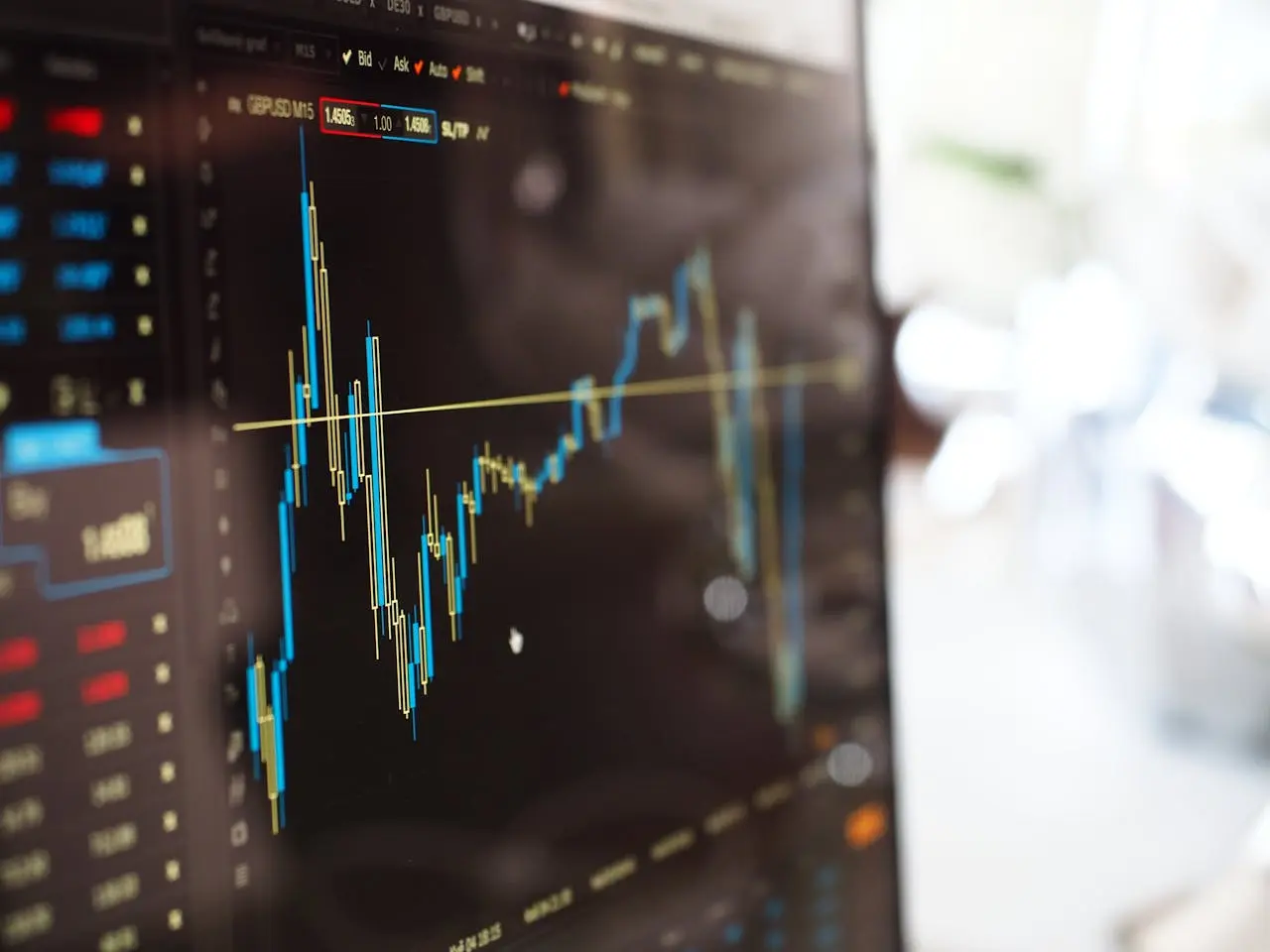Learn all about decarbonizing the economy
Reading 4 min
June 18, 2025
Summary
Decarbonizing the economy consists of reducing greenhouse gas emissions by transforming economic models through sustainable practices and technological innovations. It relies on several levers such as renewable energies, energy efficiency and the circular economy.
% of article read

What is the decarbonization of the economy?
The decarbonization of the economy refers to all actions aimed at reducing greenhouse gas (GHG) emissions generated by economic activities. It is based on the transition to renewable energies, the optimization of resources and the integration of innovative technologies to limit the environmental impact. The main objective is to transform current economic models into more sustainable systems, aligned with international climate objectives, such as the Paris Agreement.
Strategic levers to decarbonize the economy
Transition to renewable energies
The transition to renewable energies is an essential lever to decarbonize the entire economy. This transition consists of replacing fossil fuels, which are responsible for high greenhouse gas emissions, with clean energy sources such as solar, wind, or green hydrogen. It significantly reduces the carbon footprint of the energy, industrial, and transport sectors. In addition, it offers greater stability in the face of fluctuations in fossil fuel prices.
Optimizing energy efficiency
Optimizing energy efficiency is a key approach to reducing energy consumption while maintaining the performance of economic activities. It is based on the adoption of advanced technologies, improving building insulation, modernizing industrial infrastructure, and reducing energy losses in distribution networks. By minimizing energy consumption, this strategy reduces greenhouse gas emissions and generates savings, thereby strengthening the competitiveness of companies.
Promoting the circular economy
Promoting the circular economy is essential to reducing the carbon footprint of the economy. This model is based on waste reduction, material reuse and recycling, thus limiting the exploitation of natural resources. By promoting closed production cycles, the circular economy stimulates the design of sustainable and repairable products. Companies thus adopt practices such as the recovery of industrial waste or the use of recycled materials.
Green financing and investments
Green financing and investments play a crucial role in the decarbonization of the economy. They direct capital towards sustainable projects, such as renewable energies, low-carbon infrastructure and innovative technologies. Companies and governments can use green bonds, ESG (Environment, Social, Governance) funds or carbon pricing mechanisms to mobilize financial resources. These investments promote a sustainable economic transition, reduce the risks associated with climate change and strengthen the competitiveness of actors engaged in a more environmentally friendly economy.
Technological innovation
Technological innovation enables the development of low-carbon solutions, such as green hydrogen, carbon capture and storage systems, or smart grids to optimize energy management. Digital technologies, such as artificial intelligence and connected sensors, help improve energy efficiency and reduce losses in industrial processes. By supporting research and development, companies and governments can accelerate the adoption of these innovations, thereby strengthening the transition to a more sustainable economy.
Your free carbon footprint is waiting for you!
Sign up for our free trial, answer 20 questions, and receive your 1st carbon footprint!
The challenges and opportunities of decarbonizing the economy
Decarbonizing the economy offers opportunities by stimulating technological innovation, promoting job creation in green sectors, and improving economic resilience to fluctuations in fossil fuel prices. By responding to the growing expectations of consumers and investors for sustainable practices, decarbonization becomes a strategic lever to strengthen competitiveness and build a more sustainable economic future.
Decarbonizing the economy also presents major challenges, including the high upfront costs of the energy transition, the adaptation of existing infrastructure, and the resistance to change in certain sectors. In addition, regional disparities in access to resources and technologies complicate the harmonization of efforts on a global scale.
How can we accelerate the decarbonization of the economy?
To accelerate the decarbonization of the economy, it is essential to strengthen public policies in favor of the energy transition, in particular through tax incentives for companies adopting sustainable practices. The development of green infrastructure, such as renewable energy networks, and the promotion of the circular economy also play a key role. Investments in technological innovation, such as carbon capture and storage, as well as in research, are crucial. Finally, raising consumer awareness and cooperation between public and private actors make it possible to mobilize all stakeholders for a rapid and effective transition.